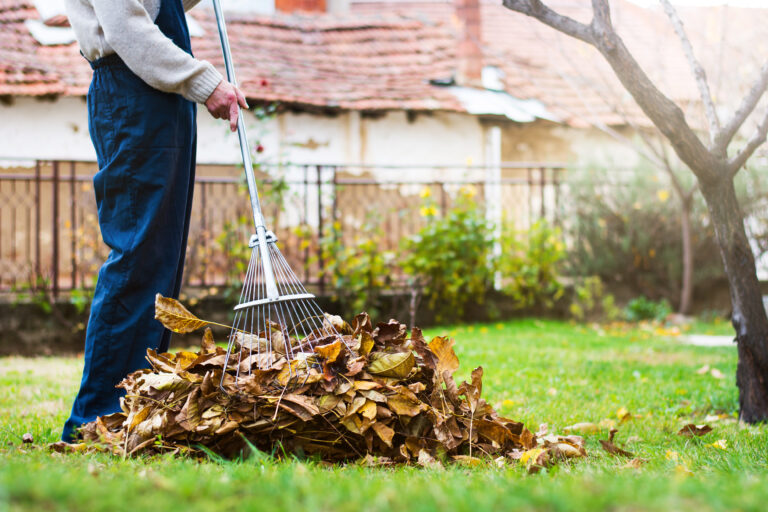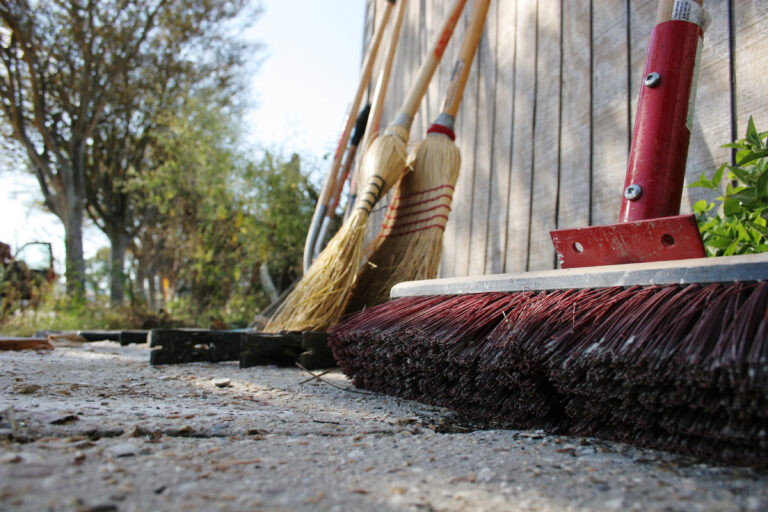California is experiencing its driest period. Currently, state reservoirs have 47% capacities, 60% below the 30-year average.
Los Angeles residents aren’t just feeling the burn of the Golden State’s massive dry spell. Local flora is also suffering. During prolonged droughts, plants and trees can experience severe stress. Though many bounce back, drought stress may lead to pest infestation, disease, and even death. Furthermore, it increases the risk of wildfires.
To ensure trees thrive, California homeowners need to be able to identify common signs of drought stress. The experienced arborists at Green Leaf Zone will explain everything you need to know.
What is Drought Stress?
When trees go for extended periods without sufficient water, they can experience drought stress. It results when water supplies are so scarce that it hinders normal plant processes. Some species most at risk for drought stress include oaks, ginkgo, elms, hickories, and longleaf pines.
Environmental conditions can cause drought stress, including low humidity, scorching temperatures, and intense light.
Top 5 Signs of Drought Stress
Now that you know what it is, let’s look at five common symptoms of drought stress.
1. Temporary Wilting
If your trees are drought stressed, you may notice drooping or wilting leaves during the daytime. The leaves should recover and perk up by the following morning.
2. Permanent Wilting
If the drought progresses for extended periods, a tree’s leaves will remain droopy or curled, even in the early morning.
3. Leaf Scorching
Another red flag that your trees are drought-stressed is if you notice discoloration on the leaves. This generally involves leaves browning from the outside or having a burned look. Pine needles may also start to yellow.
4. Smaller Leaves Start to Grow
A drought-stressed tree will struggle to grow large, healthy leaves. If your tree is sprouting smaller-than-normal leaves, it might be dehydrated.
Additionally, the tree may lose leaves from the crown and at the ends of its branches well before autumn arrives.
5. Cracked Bark
If the drought persists, trees will develop longitudinal bark cracks. This is especially true in thin-barked trees, such as maples.
How to Prevent Drought Stress
California’s dry spell shows no signs of stopping anytime soon. Use the following tips to keep your trees healthy during a drought.
- Smart Watering: Shallowly watering your trees can lead to further damage. Always test the soil first before watering mature trees. You can do this by digging six inches into the ground. If you don’t detect any moisture, it’s time to give your trees a deep drink. However, avoid watering your trees too frequently. Start by giving them one inch of water each week. Be sure to water the tree’s entire growing area thoroughly. Start at the dripline and work your way two to three times outward. Water your trees early in the morning to avoid excess evaporation during hotter days.
- Organic Mulch: Mulching supports tree health by storing more water near the roots.
- Seek the Help of a Professional: Drought-stressed trees are prone to infestations and disease. It’s probably wise to have a professional arborist, like the ones at Green Leaf Zone, evaluate your trees to see if they are suffering from more than one issue.
Get Green Leaf Zone’s Expert Guidance
Green Leaf Zone can save your trees from drought stress. With more than 35 years of combined experience, we’ll keep your trees happy and healthy. We are a fully licensed, bonded, and insured team of experts. Our arborists specialize in tree trimming, tree removal, and stump grinding services.
Contact us 24/7 by calling (818) 659-2945 for a free quote.


